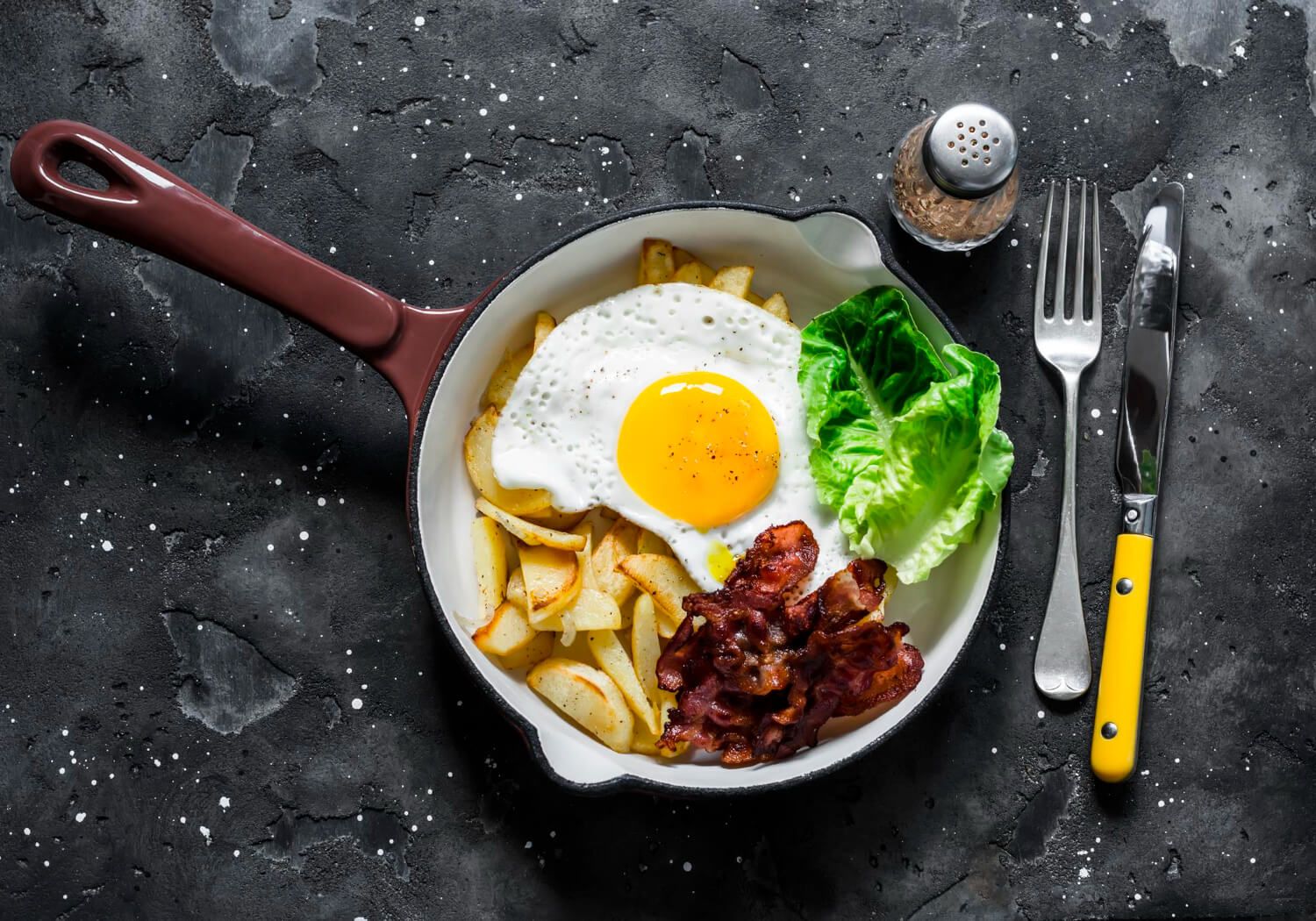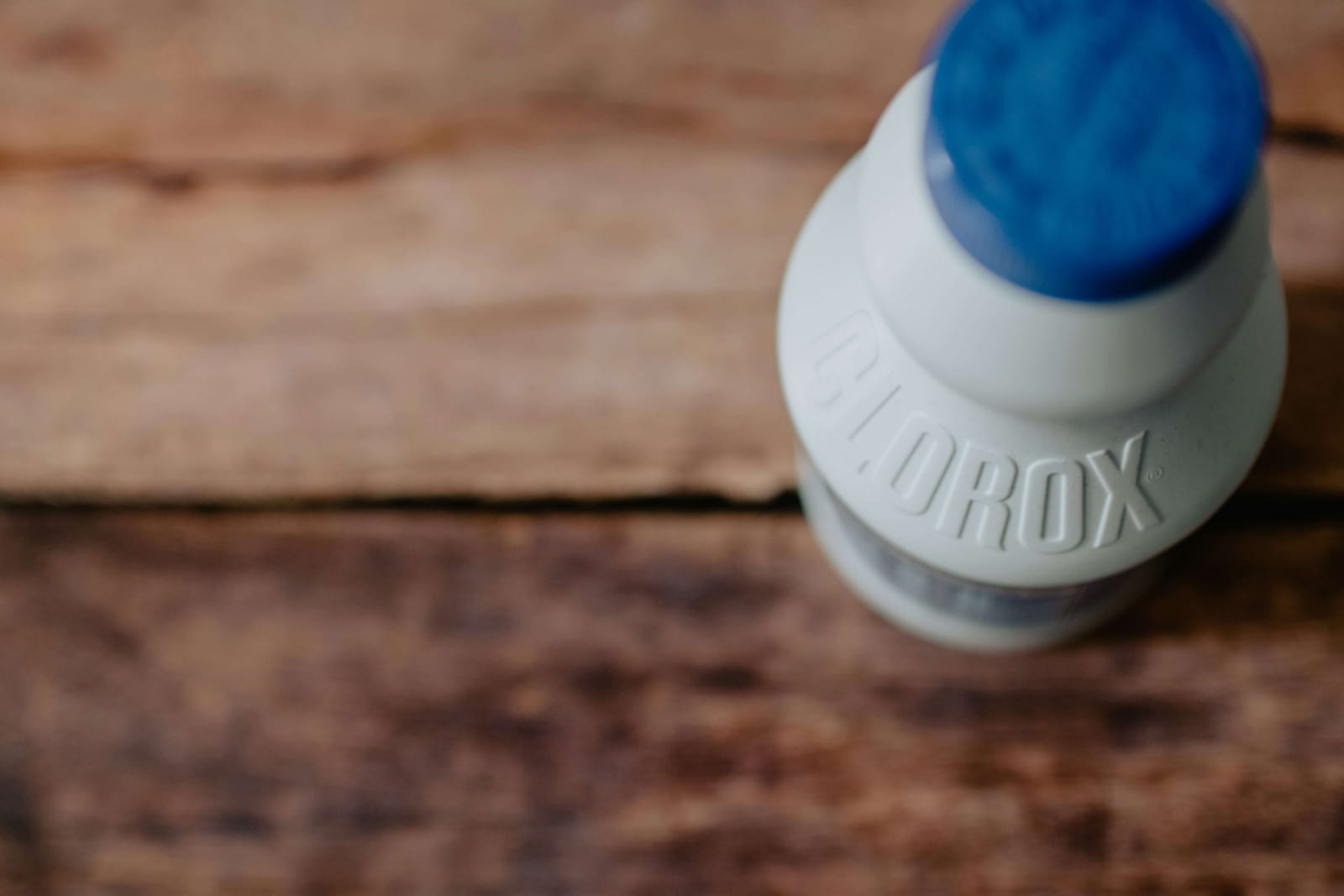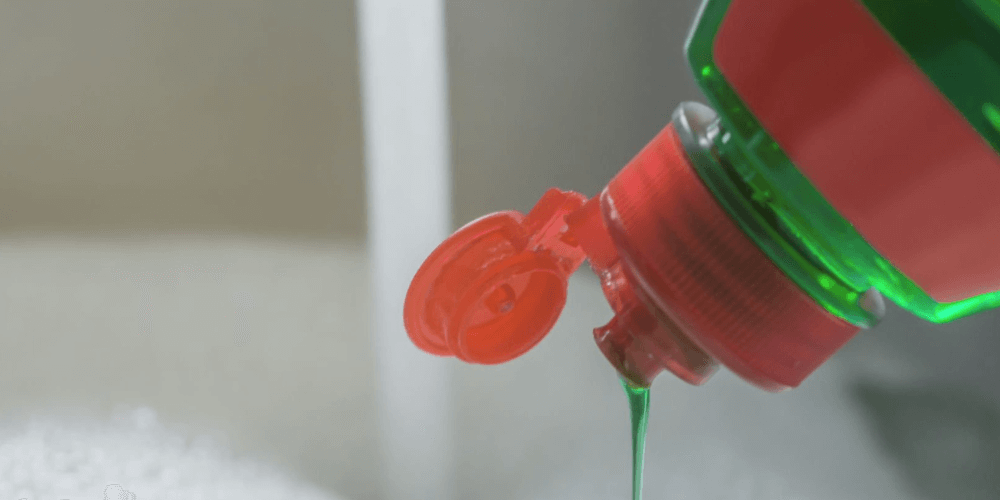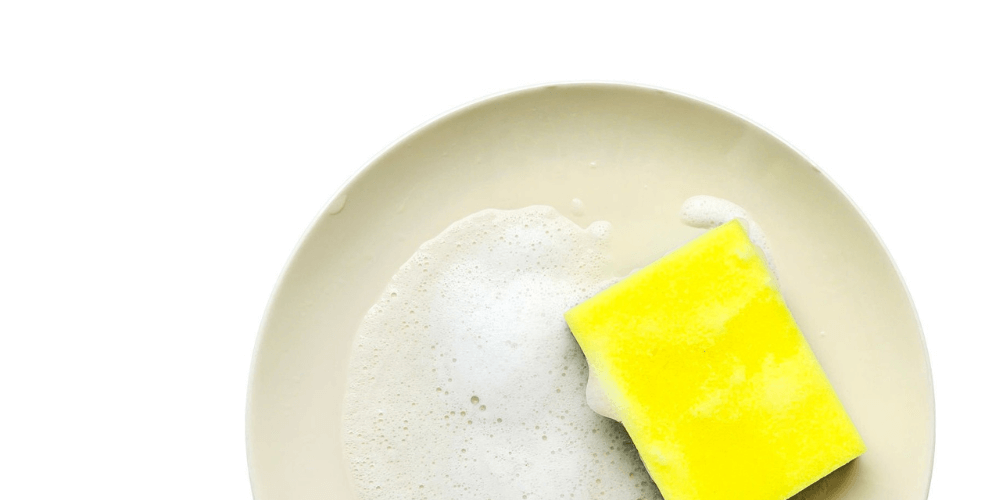Enameled cast iron cookware is a kitchen staple for both professional chefs and home cooks. Known for its robust durability, exceptional heat retention, and versatility, it's a must-have for anyone serious about cooking.
This micro guide will enlighten you about the unparalleled benefits of enameled cast iron, the key differences from traditional cast iron, and essential tips for purchasing and care.
Table of Contents
- Enameled Cast Iron vs Traditional Cast Iron
- Key Benefits of Enameled Cast Iron Cookware
- Buying Guide for Enameled Cast Iron Cookware
- Must-Have Enameled Cast Iron Cookware
- Safety and Care Tips
- Conclusion
Enameled Cast Iron vs Traditional Cast Iron
Traditional cast iron has been a long-standing favorite, but enameled cast iron brings its own set of advantages. Traditional cast iron cookware requires consistent seasoning to prevent rust and maintain a non-stick surface.
In contrast, enameled cast iron features a porcelain enamel coating, eliminating the need for seasoning and offering a non-reactive, smooth cooking surface. This makes it not only durable but also available in a variety of colors.
To understand more advantages of cooking with an enameled cast iron skillet, make sure to check out our article on 'Enameled vs. Traditional Cast Iron: Choosing the Right Skillet'.
Key Benefits of Enameled Cast Iron Cookware
Durability
Enameled cast iron is synonymous with durability. The enamel coating prevents moisture from causing rust, making it a long-lasting investment for your kitchen.
Adaptability
This cookware is incredibly versatile. It can effortlessly transition from stovetop to oven, accommodating a wide range of cooking methods like frying, sautéing, simmering, and even braising.
Even Heat Distribution
Enameled cast iron excels in distributing heat evenly across its surface. This ensures consistent cooking and is particularly beneficial for recipes requiring slow cooking or simmering.
Health Benefits
The natural non-stick properties of the enamel reduce the need for excessive oil, making it a healthy cooking option.
Easy Maintenance
One of the best advantages is the ease of cleaning. The enamel surface resists food sticking, allowing for easy clean-up. Most enameled cast iron cookware is also dishwasher-safe.
Aesthetic Variety
From vibrant, eye-catching colors to classic neutrals, enameled cast iron comes in a range of styles to suit every kitchen décor.
Safety
The non-reactive nature of the enamel coating ensures that no harmful chemicals leach into your food, making it a safe option for all kinds of cooking.
Buying Guide for Enameled Cast Iron Cookware
When it comes to purchasing enameled cast iron cookware, quality is paramount. Here are some detailed tips for making the right choice:
- Brand Reputation: Opt for brands known for their craftsmanship and quality of materials. Reviews and recommendations can be useful in making this decision.
- Enamel Quality: Inspect the enamel coating carefully. It should be smooth, without any chips or cracks, as flaws can affect the cookware's longevity.
- Handle Design: Ergonomic handles make for a more comfortable cooking experience. Make sure they are securely attached and can withstand high oven temperatures.
- Weight and Thickness: Enameled cast iron is heavy, but this is often a sign of quality. A thicker base will provide better heat distribution.
- Lid Fit: A snug-fitting lid is essential for recipes that require simmering or braising.
- Color and Design: While aesthetics are secondary to function, choose a color and design that match your kitchen's decor.
Must-Have Enameled Cast Iron Cookware
Here are some indispensable pieces of enameled cast iron cookware every kitchen should have:
- Dutch Oven: Perfect for braising meats, slow-cooking stews, and even baking bread. The deep, wide shape and tight-fitting lid make it ideal for recipes requiring long cooking times.
- Saucier: With its rounded edlovges and wide mouth, a saucier is perfect for making sauces, custards, and risottos. The design facilitates easy stirring and whisking.
- Skillet: This versatile piece is a kitchen staple. Great for frying, searing, and browning, its design allows for easy transitions from stovetop to oven, making it ideal for dishes like frittatas, steaks, and casseroles.
Safety and Care Tips
Taking proper care of your enameled cast iron cookware is crucial for ensuring its longevity:
- Safe Material: One of the significant advantages of enameled cast iron is its non-reactive enamel coating, making it safe for all types of cooking.
- Utensil Choice: To preserve the enamel, use utensils made of wood, silicone, or nylon. Avoid metal utensils, as they can scratch the surface.
- Cool Before Cleaning: Allow the cookware to cool down to room temperature before cleaning it. Rapid temperature changes can lead to enamel cracking.
- Cleaning: Use a soft sponge and mild detergent for cleaning. For stubborn stains, soaking the cookware in warm water can be effective.
- Storage: Store your enameled cast iron in a dry place to avoid moisture buildup, which could affect the enamel over time.
To learn more about maintaining your enameled cast iron, explore our article on the proper seasoning and care techniques for your enameled cast iron skillet.
Conclusion
Enameled cast iron cookware offers an unbeatable combination of durability, versatility, and ease of maintenance. By choosing high-quality pieces and following proper care instructions, you're investing in cookware that will serve you well for years to come.



